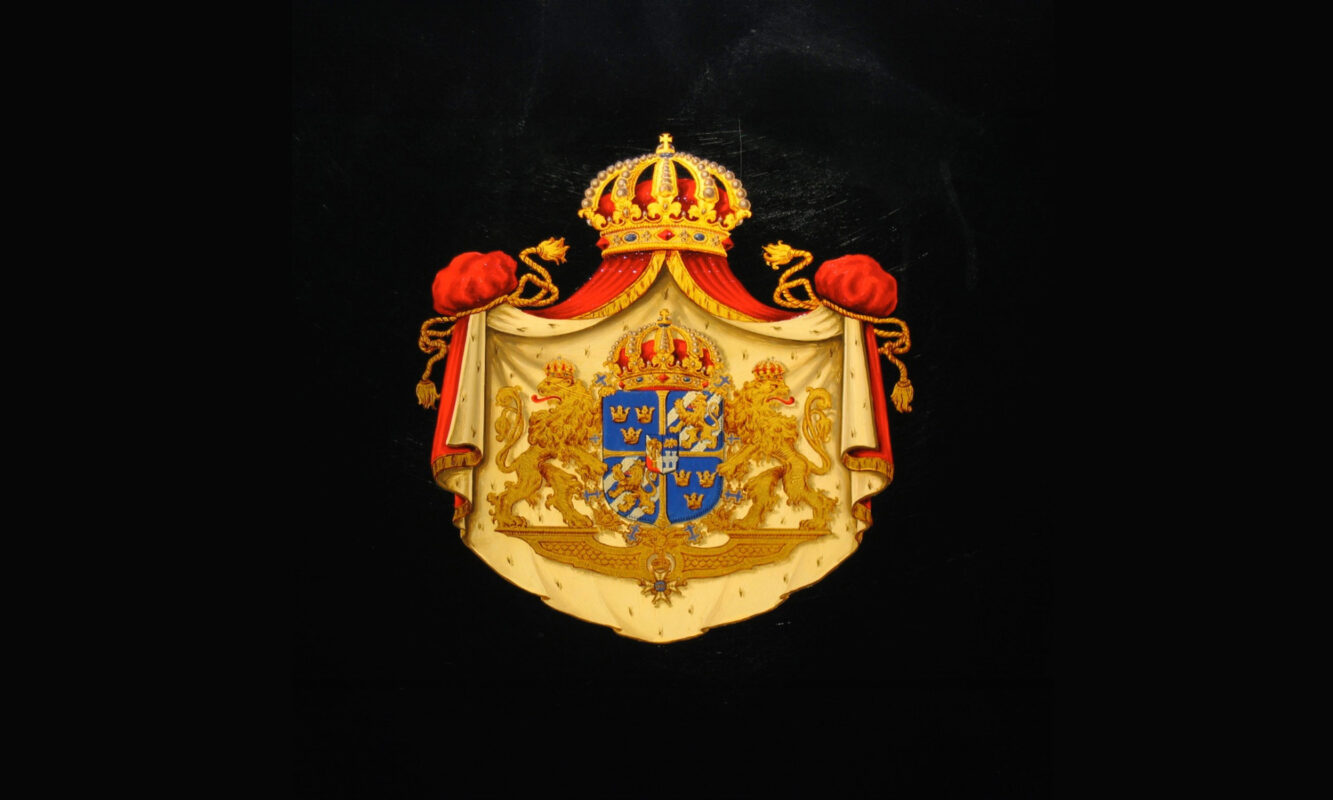Monarchies as corporate brands
How can the concept of corporate branding be applied to the ancient institution of monarchy? This study explored the Crown as a brand, examining the management and symbolic value of Western European constitutional monarchies.
The study of the Crown as a brand was initiated after I had participated in a televised discussion in Sweden on the economic value of monarchy. My line of argument was that a Crown is a symbol of a nation and that such a symbol is maybe not so different from a brand. Later, I took the initiative to form an international trio of researchers (Professors J.M.T. Balmer, Brunel University, UK, and S.A. Greyser, Harvard Business School), with intellectual interests in corporate branding to pursue the topic of the Crown as a brand.

We decided to focus upon (but not restrict ourselves to) the Western European constitutional monarchies. We were granted access to the Swedish Royal Court and interviewed senior members of the Court as well as the Royal Family. We also interviewed others whose knowledge and experience informed our perspectives on monarchies and how they are managed. We also undertook considerable research in the literature regarding monarchies from a range of disciplines beyond management.
Our primary motivation was in the intellectual challenge of applying corporate branding scholarship to an examination of the ancient, enduring institution of monarchy – an institution we consider analogous to corporate brands.
It soon became apparent to us that examining the Crown through the lens of corporate branding had the potential to offer meaningful insights for comprehending the institution of the monarchy and the associated area of its management. Our primary motivation was in the intellectual challenge of applying corporate branding scholarship to an examination of the ancient, enduring institution of monarchy – an institution we consider analogous to corporate brands.
We first published working papers at Harvard Business School (2004) and Bradford University (2005), “to get a stake in the ground”, and later, longer articles in the Journal of Brand Management (2007). A commentary on communication dimensions, incorporating performance assessment, appeared in the European Journal of Marketing (2006).
In retrospect, this study was a unique opportunity to explore the limits of key concepts within the field of corporate branding. Core concepts in our field of research, such as managed visibility, willingness-to-support, core-values, and vision were examined in this very different context.
We have presented the outcomes of our research on monarchies at conferences (both academic and more practice-oriented). Our articles have been quoted in the international research debate and beyond. The so-called “5-R model” on managed visibility is used in practice. Among the challenges related to this study was handling the media interest “beyond curiosity” in the research project. One of our decisions was to self-fund the research to underline our objective position on monarchies as constitutional institutions.